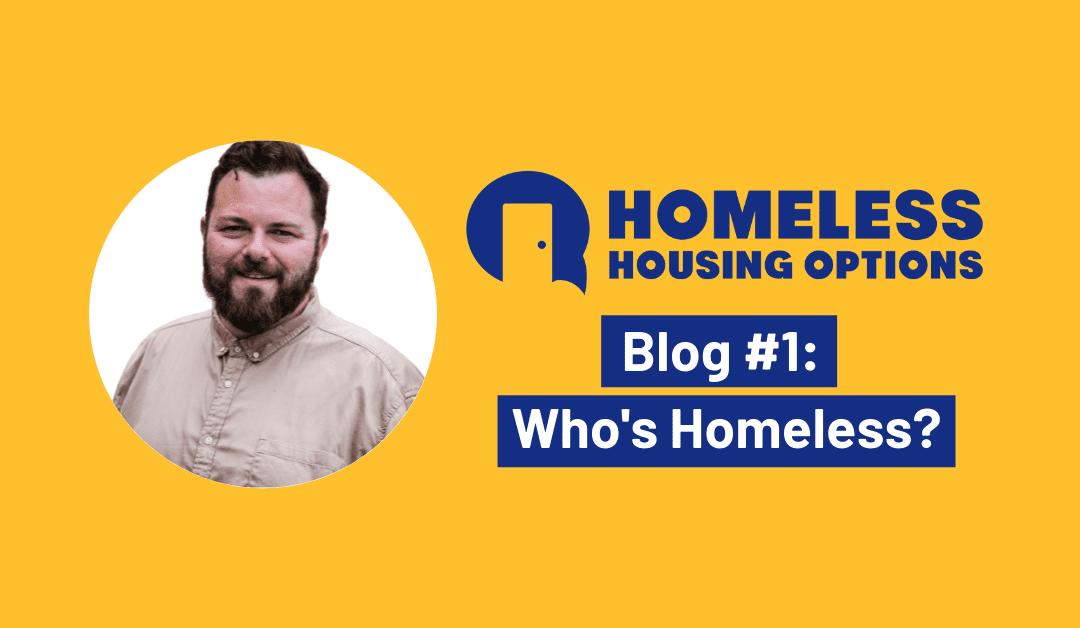Hello! My name is Pedro Cameron. I have been working for HOS for 5 years now in a variety of roles, and in June last year, I took up this new role with the Homeless Housing Options project. I’m going to be using this space to write about different aspects of homelessness throughout the lifetime of the project.
So, a little about what we’re doing. Homeless Housing Options provides advice, information, and support to disabled people, older people and military veterans who are homeless or at risk of being homeless, as well as enabling the voices of our clients who have lived experience of homelessness. We are also making it a priority to increase awareness of what “homelessness” can mean, beyond rough sleeping.
Our newly formed Homeless Housing Options team has been beavering away for the past 6 months. So far, I’m proud to say our little team has helped almost 150 people facing homelessness.
Those 150 people might not be who you might expect. Homelessness can affect almost anyone – we have had clients ranging from older people being asked to leave a private let, to young people leaving the armed forces. Homelessness can happen whether you’re 9, or you’re 90.
The word “homelessness” might conjure up a very specific image in your mind. We have found that many people believe that you’re only homeless if you don’t have a physical roof over your head. This isn’t the case! In simple terms, if where you live isn’t safe, or isn’t “home”, you can be considered homeless.
Your situation could look a little like Martin’s. Martin is currently staying with his mum and stepdad in a one-bedroom property. He’s sleeping on their couch. After an injury, he is unable to work, and he has been signed off permanently. This has put him in financial difficulty. Martin has a roof over his head, but it’s not somewhere he can call home. This means that Martin can be considered homeless by his local authority. He is entitled to temporary accommodation – and will get homeless priority with social housing providers.
Or your situation could be more like Angela’s. Angela lives in a private rental with her partner and 2 children. Angela has been served a notice to quit by her landlord, which expires in 6 weeks. Angela and her family are at risk of homelessness and can apply as homeless to their local authority – however due to disabilities in the household, temporary accommodation would be unsuitable for their needs. The family would be eligible for homeless priority with social landlords.
These are just two examples of the types of situations that could be considered homeless – and in the coming months we plan to launch our new Homeless Housing Options “Client Gallery” which will act as an accessible database of the many situations that we have been assisting our clients with – and help to ensure that those who are at risk of homelessness can see themselves in the work we do.
I’m going to be using this space to talk regularly about the work that we’re doing, the people we’ve been working with, and what’s coming next. Keep an eye on our socials and here on the website to keep up to date with all things Homeless Housing Options – and get in touch with me if you want to chat!
For any inquiries about Homeless Housing Options, please send an email to pedro@housingoptionsscotland.org.uk. You can also read more on the project here.

